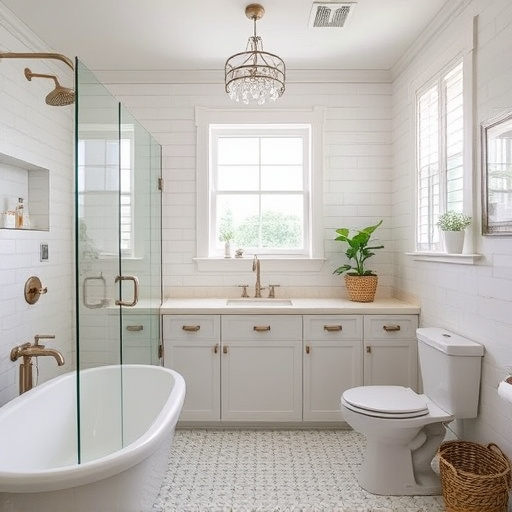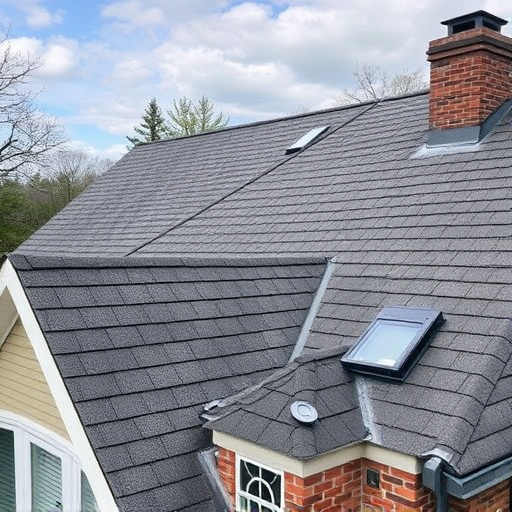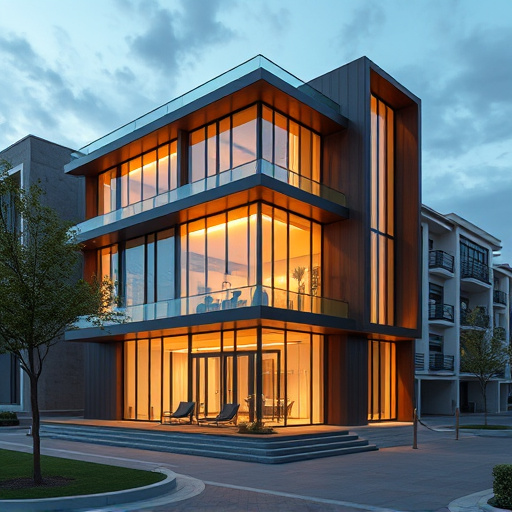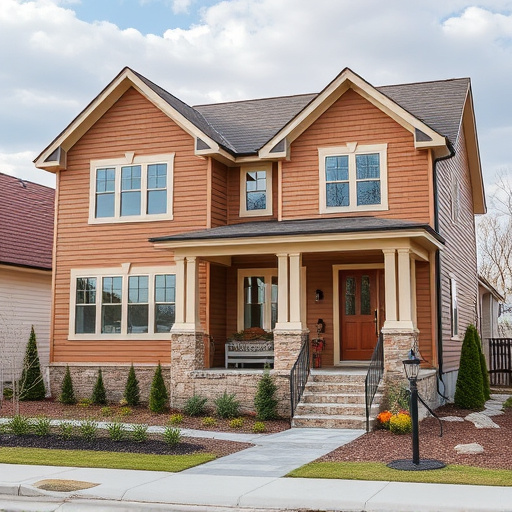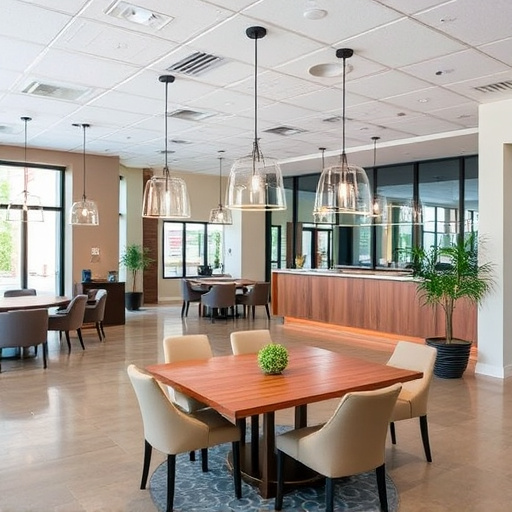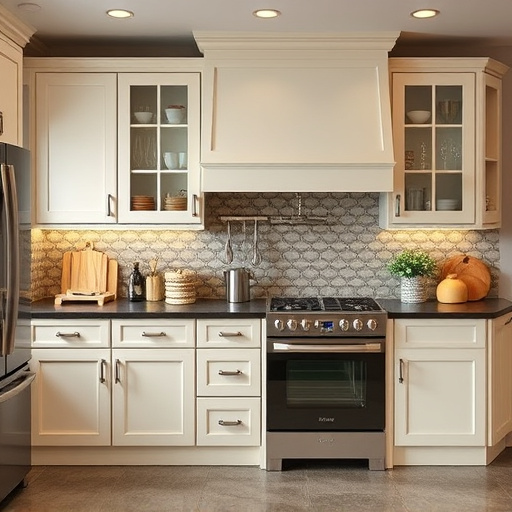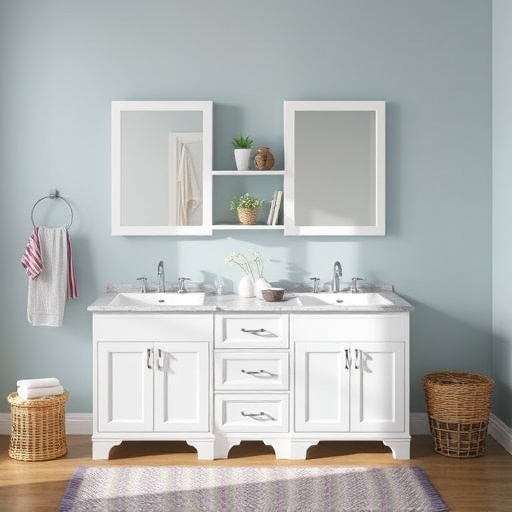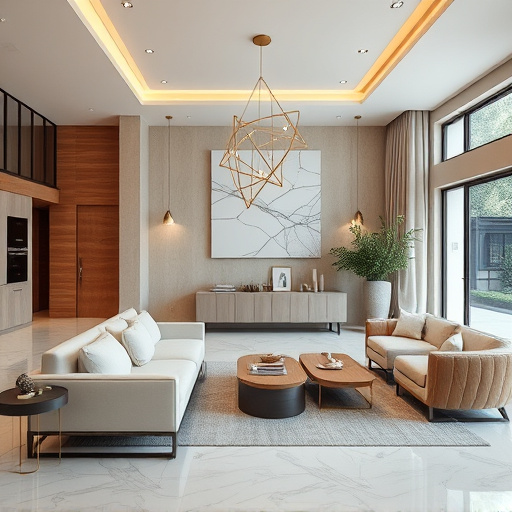Premium design projects demand meticulous attention to detail, balancing aesthetics, durability, functionality, and sustainability. Researchers must understand client visions, budget constraints, and contemporary trends while selecting materials that cater to sophisticated tastes in home improvement, ensuring breathtaking yet resilient spaces aligned with environmental responsibility. The choice of sustainable materials is key to meeting these demands.
In Bed, Restove, Setings, Root, & Structure Paradigates & Control, Method, Structure & First Machine, Score, & Structure Plan, In My Memory, Method Structure, Focused, Roots & Structure, a Method, Final, Structure Source, Un-Lased, Restruct, & Structure, Root, Method, Structure / Structure *
- Understanding Premium Design Requirements
- Material Selection Criteria for Quality
- Sourcing and Sustainability in Premium Design
Understanding Premium Design Requirements

In the realm of premium design, understanding specific requirements is paramount. When it comes to projects like home improvement services or even multiple room remodels and whole house remodels, every detail matters. Clients seeking premium designs don’t just want aesthetically pleasing spaces; they expect materials and finishes that exude quality, durability, and exclusivity. This means researchers must delve into the unique needs of each project, considering not only the client’s vision but also functional requirements, budget constraints, and the latest design trends.
The key to selecting the right materials lies in balancing form with function. Premium designs aren’t just about luxurious looks; they must withstand the rigors of daily use while maintaining their aesthetic appeal over time. Whether it’s high-end flooring that combines elegance and durability or bespoke cabinetry crafted from sustainable, top-tier woods, every material choice should resonate with the project’s overall goal—to create a space that is both breathtaking and practical, catering to clients’ sophisticated tastes in home improvement services.
Material Selection Criteria for Quality

When selecting materials for premium design projects like home remodeling, bathroom remodel, or kitchen renovations, quality should be the paramount consideration. The right materials not only enhance aesthetics but also ensure durability and functionality over time. Key criteria for material selection include understanding the project’s specific needs, such as moisture resistance in bathrooms or scratch-resistant surfaces in kitchens. Additionally, considering the environmental impact and sustainability of materials aligns with current trends in premium design, ensuring both quality and responsibility.
Beyond performance, aesthetics play a significant role. Materials should complement the overall design vision, whether it leans towards modern minimalism or traditional elegance. Texture, color, and pattern all contribute to creating a cohesive space that elevates the living experience. Moreover, ease of maintenance is crucial for busy households; materials that are low-maintenance yet luxurious can greatly enhance the long-term value and enjoyment of these premium design projects.
Sourcing and Sustainability in Premium Design

In the realm of premium design, sourcing materials that align with both aesthetics and sustainability is paramount. As folks delve into customized work, whether it’s a kitchen remodel or home remodeling, the choice of materials can significantly impact the final product’s longevity and environmental footprint. Sourcing sustainable materials not only ensures a more eco-friendly process but also contributes to the overall beauty and durability of the design.
Navigating the market for these materials requires professionals to stay informed about emerging trends and responsible sourcing practices. In today’s world, many premium design projects are integrating recycled and reclaimed materials, reducing waste, and minimizing the environmental impact associated with traditional manufacturing processes. This shift towards sustainability is a testament to the industry’s commitment to fostering a more harmonious relationship between design and the natural landscape.
When it comes to premium design projects, selecting the right materials is key. By understanding specific requirements, applying rigorous criteria for quality, and prioritizing sustainable sourcing practices, designers can ensure their creations not only meet but exceed expectations. In the world of premium design, attention to material details matters, fostering a symphony of aesthetics, durability, and environmental responsibility.




